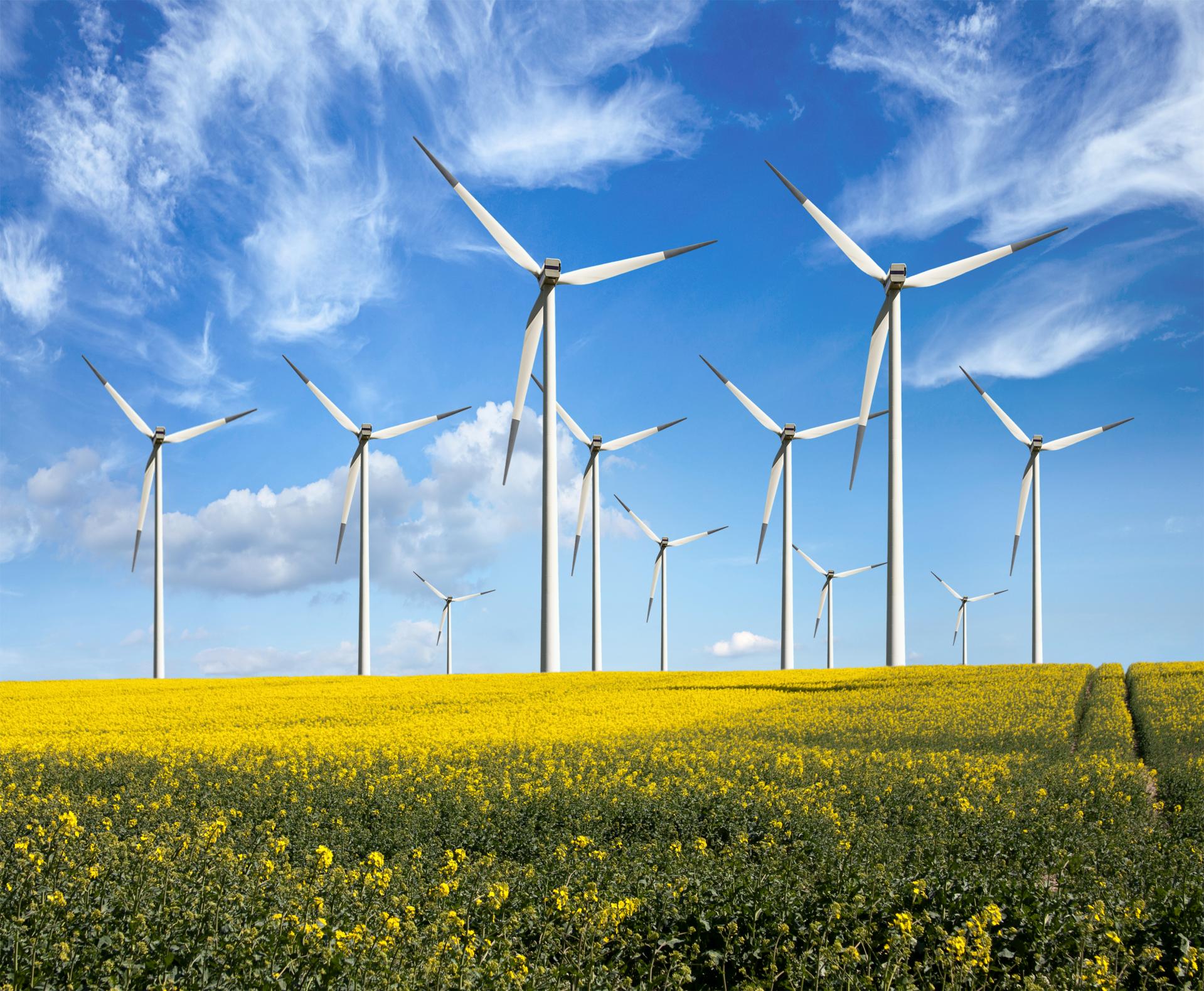Energy and infrastructure (E&I) as an asset class has long been viewed by investors as a safe haven, typically offering reasonable returns, even in times of high inflation.
In Germany, with a significant backlog of investment for infrastructure projects such as roads, railways, and bridges and continuing government commitment to projects that will advance the country’s energy transition, appetite for E&I development is trending upwards.
The German government’s desire to increase energy security in the country by asserting greater control over key infrastructure has led to it buying up natural gas pipelines through a nationalised subsidiary,[1] while developing a multi-billion Euro plan for converting pipelines for hydrogen transmission.[2]
Germany was also in talks with the Netherlands about buying back the domestic electrical grid currently owned by Dutch government-owned operator TenneT,[3] and previously bought in 2010 from German electrical utility firm E.ON. However, just recently, it was announced that the deal for the sale of 100% of the shares would not go through and that Germany might only be interested in buying a minority stake.[4]
Maintaining control over Germany’s electrical grid and upgrading its existing capacity is seen as crucial to the success of the energy transition.
It will enable more effective transmission across the country from new renewable generating capacity that is coming online, predominantly from wind farms in northern Germany, while meeting new demand for electricity from electric vehicles, heat pumps and other low-carbon initiatives.
In addition to developing wind farms and hydrogen plants and pipelines, the government is continuing to invest in solar parks and battery storage units to power the journey towards Net Zero, alongside other energy infrastructure such as LNG terminals.
According to the German Association of Energy and Water Industries (BDEW), the estimated cost for the energy transition in the country from now until 2035 is approximately EUR 1.2 trillion, which represents an enormous opportunity for building, maintaining and servicing the assets and significant M&A opportunities as the renewable energy sector matures.
Alongside government investment in energy and infrastructure projects, private sector involvement is also growing, with an uptick in M&A activity as existing owners seize the opportunity to make the most of a buoyant seller’s market for E&I assets.
Against the backdrop of an overall decline in M&A activity, driven by geopolitical tensions, high interest rates and the impact of inflation - all of which make financing for deals costlier and harder to secure - the infrastructure sector appears to be defying the general trend. We have seen an uptick in deals in the past few months, and anticipate that activity will continue in the months ahead.
State acquisition of E&I assets is not typically viewed as a significant opportunity for the Warranty & Indemnity (W&I) market. Changes of government, and movement of people in key ministerial or state leadership roles can make it difficult to establish an enduring knowledge base around transactional risks and therefore a reliable pipeline of buyers at state or national level. However, we have recently seen the German government, via state-controlled companies, purchasing W&I insurance to cover a number of acquisition deals, suggesting it is becoming a more sophisticated insurance buyer.
In the commercial M&A sector, the current soft market conditions inevitably mean that prospective insureds and their brokers are pushing to get the most favourable coverage options possible, which is putting the W&I product to the test.
However, the experienced nature of W&I buyers for infrastructure deals means that they typically appreciate the value of the product and are increasingly looking to secure coverage for deals. In addition to these sophisticated insurance buyers, there are a number of other factors that contribute towards making W&I coverage for E&I deals slightly less challenging to underwrite than for some other areas of the M&A market.
With typically little or no involvement of employee contracts in the transfer of assets from seller to buyer, there are fewer tax and employment law risks associated with transactions. And with a limited number or even no subsidiaries involved, there is unlikely to be any cross-border element in such M&A deals.
The challenge for underwriters is more likely to come from the regulatory side, with what can prove to be a complex underlying environment for agreements, in relation to relevant permits, land use and legacy issues, and the status of infrastructure projects - whether operational or at the planning stage.
For large assets like pipeline or grid systems, underwriters have to take a pragmatic approach to the required due diligence when structuring W&I coverage for deals.
A rigorous but sensible sampling approach to due diligence for the entire asset gives comfort to buyers that they can be covered for the risk, but without the time, expense and vast resources required to do due diligence on every kilometre of a transmission network.
As Germany increases the pace towards its energy transition, we anticipate that a lively M&A market around energy and infrastructure assets will continue to generate interest in acquiring W&I cover for these substantial deals.
[1] Germany tightens grip on energy infrastructure with SEFE gas grid deal, World Pipelines, 27 March 2024
[2] Germany could spend billions of euros to convert pipeline for Russian gas imports to carry hydrogen, Hydrogen insight, 21 February 2024
[3] Netherlands, Germany near deal on TenneT grid, sources say, Reuters, 10 March 2024
[4] https://www.reuters.com/business/energy/tennet-gives-up-sale-german-grid-operations-german-government-2024-06-20/


